Roc de Chère: a forest full of life
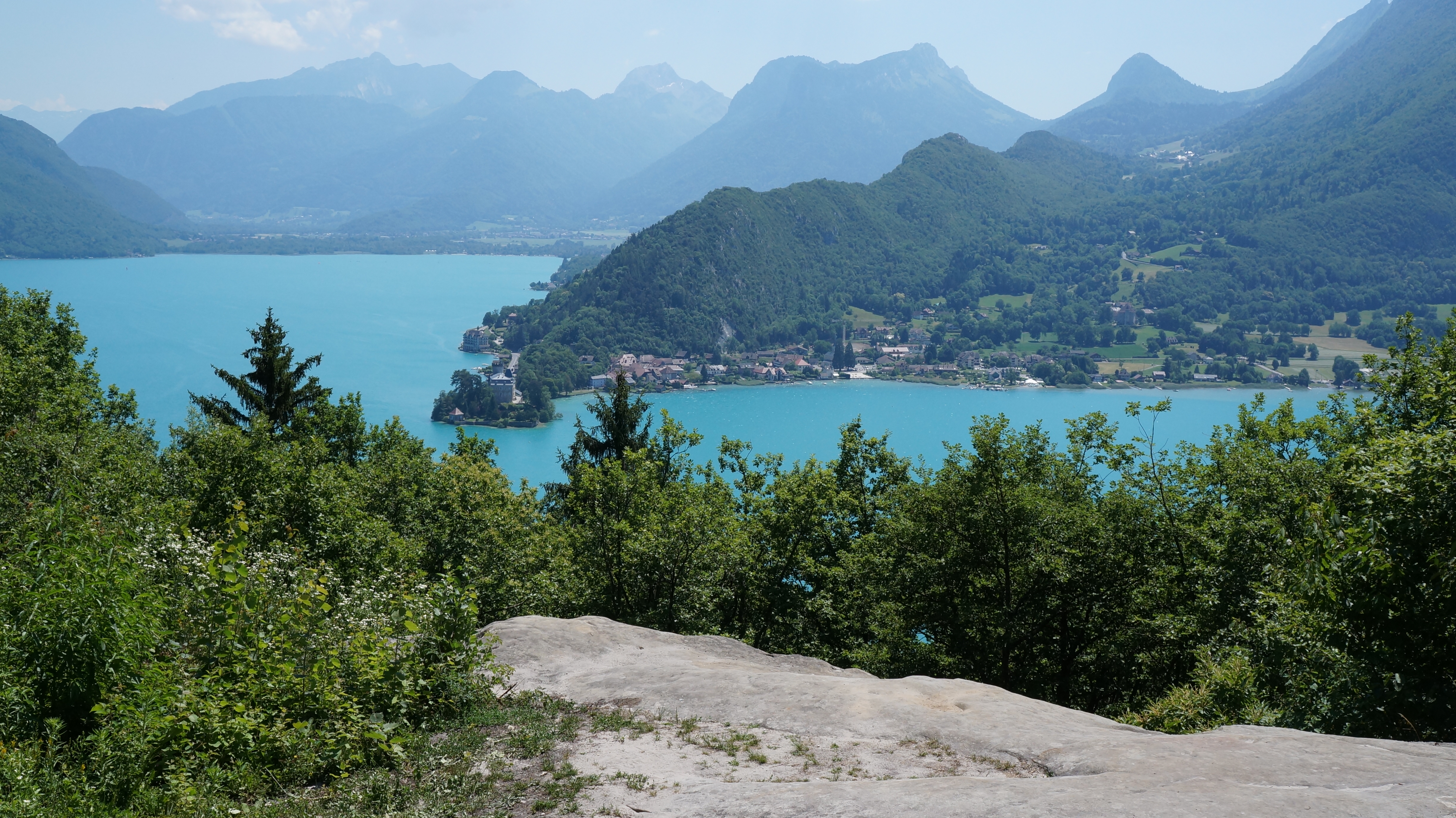
Menthon-Saint-Bernard
Roc de Chère: a forest full of life
Easy
2h
5,7km
+197m
-197m
Embed this item to access it offline
This woodland hike takes you through some very contrasting natural environments. Crossing the Roc de Chère, you pass from Alpine to Mediterranean environments. This rocky spur overlooking Lake Annecy is home to flora and fauna of very different origins.
Attachment
- Downloadpdf
roc-de-chere-une-foret-pleine-de-vie
Credit: Points d'intérêts du parcours - Asters-CEN74
9 points of interest
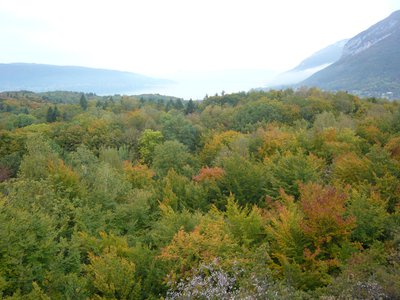
 Flora
FloraA young forest
The forest that you can admire today is quite young: it is barely a century old. Until the early 20th century, the Roc de Chère consisted of open, largely cultivated landscapes ( cereals, vines, pastures, hay meadows). It was only after the 1st World War, with the depopulation of the countryside leading to the abandonment of many agricultural plots, that the area gradually grew back into woodland. Today, farmers, shepherds and lumberjacks are being replaced by hikers, geologists and botanists: alternative approaches and different ways of looking at landscapes and natural environments...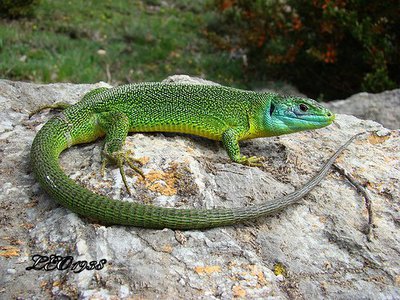
 Fauna
FaunaThe Green Lizard
Sometimes scurrying away at the last moment, the green lizard is very impressive. It can measure up to 40 cm in length, two-thirds of which is taken up by its tail. Its bright green with yellow spots are a real eye-catcher! In spring, the male also sports a very distinctive blue neck. A fan of warm, dry, semi-open environments, the green lizard loves the Mediterranean forest and rocky areas of the Roc de Chère, where it blends in with the rocks and vegetation.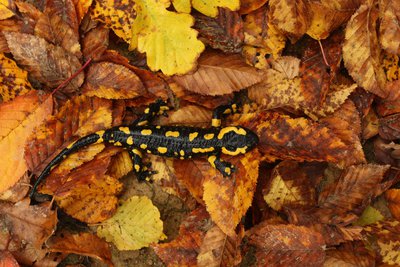
 Fauna
FaunaThe Fire Salamander
Forest and ponds? What more could you dream of for the gentle salamander, the species the most depending on forest among the amphibians living at Roc de Chère! It only uses ponds to give birth to its larvae, equipped with gills, like tadpoles. A poor swimmer, it quickly returns to the forest, leaving her young to lead their first phase of aquatic life. This nocturnal animal has smooth, black skin interrupted on its back by a yellow, occasionally orange, pattern of dots and/or lines. Each individual has a unique pattern!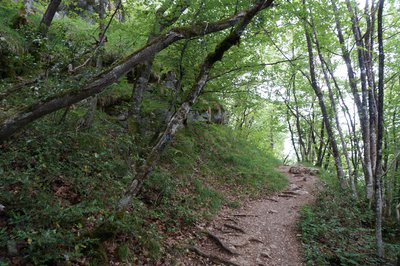
 Flora
FloraThe mediterranean forest
It's no coincidence that the vegetation is reminiscent of the forests of the Mediterranean hinterland (boxwood and oak). The south-facing slope has a strong impact on the climate and vegetation. Here, the sun's rays are reflected more strongly on the waters of the lake. What's more, the position of the Roc de Chère on the lake shelters it from northern winds. Species which adapted to the warm climite, such as common wild madder and Montpellier maple can be found here.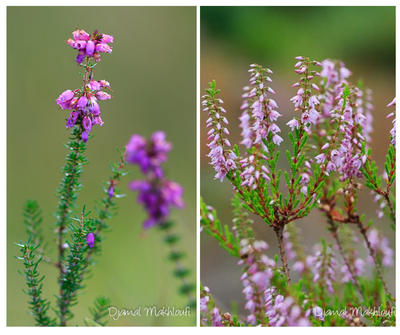
Djamal MAKHLOUFI  Flora
FloraCommon or Bell Heather
Can you recognise these two different species? Hint: Common Heather has distinct petals while Bell Heather has bell-shaped flowers and its leaves look like small Cedar twigs while those of Bell Heather resemble needles. Common Heather is often confused with other species of heather such as Bell Heather. This confusion comes from the exploitation of heather soil, called “black gold”, a very good fertilizer used by gardeners. Indeed, Common Heather is able to grow on acid soils and even directly on the rock. The dead plant parts pile up and decompose and form black humus. Asters CEN74, manager of the nature reserve, is carrying out actions in order to preserve the Common Heather, which is gradually being colonized by ferns.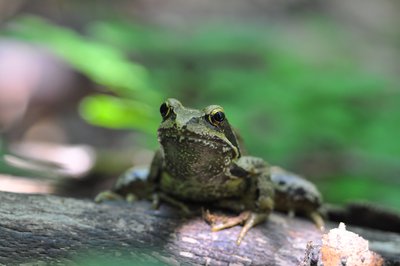
Malorie Parchet  Fauna
FaunaForest ponds: a vital habitat
Did you know? Wetlands are the third richest ecosystem in the world in terms of biodiversity. Wetlands have the ecological function of storing rainwater like a sponge, filtering it and stockpiling carbon. Forest ponds, which are the ultimate wetlands, serve as drinking water for many mammals (roe deer, bats, foxes). They are also ideal breeding grounds for many insects (dragonflies) and amphibians (frogs, newts).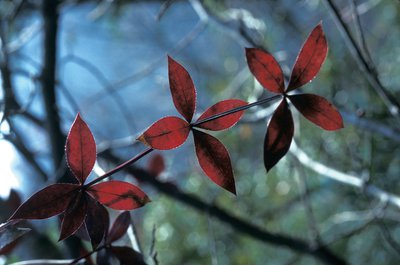
 Flora
FloraThe Common Wild Madder
Common madder is the little cousin of the dyer's madder, once cultivated to produce red dye. Very common along the Mediterranean coast, the traveller's madder has not been industrialised, despite the fact that its root also contains a red-orange dye. Did you know? Madder is also a distant cousin of coffee!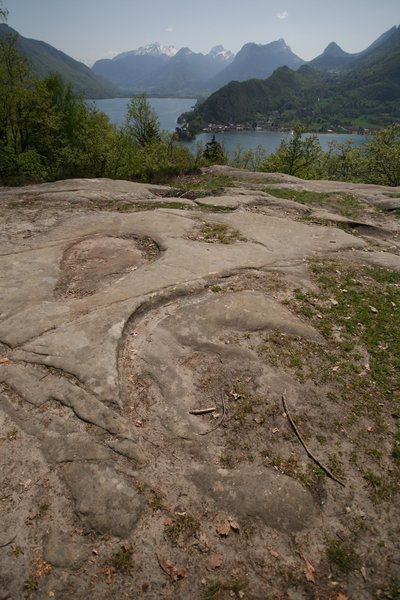
 Geology
GeologyLimestone and sandstone soil
The bedrock of the Roc de Chère is both limestone on the right-hand side of the forest (Talloires side) and sandstone at the foot of the young forest, on the Menthon-Saint-Bernard side. The Roc de Chère lies along a highly distinctive gap between two geological layers that shape the appearance of the landscape. The Green Lizard and Wild Madder prefer these permeable and hot limestone environments, while Common Heather and ponds are found on sandstone, an acidic and impermeable soil.
 Flora
FloraThe secrets of the marshland
This marsh is a relic of the time when glaciers covered the valley. These marshlands, which are becoming increasingly rare, are home to a range of remarkable and in some cases endangered flora and fauna. Frogs and lizards chase the graceful dragonflies flying between the irises. To prevent it from becoming overgrown and dry, it is mown every year by the golf course.
Description
From the car park, follow the signs for "Belvédère du Roc de Chère", past the ruins of the old baths and the tomb of Hippolyte Taine just before entering the forest. After an easy climb, turn right at the yellow signposted "Le Mur des Moines". Keep right on the main path that runs alongside the golf course, then descend below the Belvédère. Turn left at the sign for "sous le Belvédère" and climb up the main path. Once you have reached a viewpoint at the Belvedere, continue straight on towards "La Patte d'Oie". At the sign for "La Patte d'Oie", turn left until you reach the entrance to the golf course. Cross the golf course to the left and follow the sign for hikers. Continue straight ahead and retrace your steps at the sign for "Le Mur des Moines".
- Departure : Parking « Bouverat », Menthon-Saint-Bernard
- Arrival : Parking "Bouverat", Menthon-Saint-Bernard
- Towns crossed : Menthon-Saint-Bernard and Talloires-Montmin
Altimetric profile
Recommandations
Please stay on the trails to protect the surrounding vegetation. Always exercise caution and plan ahead when hiking. Asters, CEN 74 cannot be held responsible for any accident or incident that may occur on this trail.
Transport
Cycling: Access via the "green" cycling route around Lake Annecy. Bus number 60 from Annecy, Menthon-Saint-Bernard stop.
Access and parking
The D909 road from Annecy runs through the village of Menthon-St-Bernard along the eastern shore of the lake. After the village centre, turn right towards the Menthon Palace. The car park is located before the palace, signposted on the right in a side lane. From Faverges: take the road RD 1508 as far as the Doussard roundabout. At the roundabout, follow signs for Talloires. Continue towards Annecy. Just before the Menthon-Saint-Bernard village centre, turn left towards Palace de Menthon. 15 minutes from Annecy and 20 minutes from Faverges. 2.13.0.0 2.13.0.0 2.13.0.0
Parking :
Parking le Bouverat, allée du Bouverat, Menthon-Saint-Bernard
Accessibility
- Emergency number :
- 114
Report a problem or an error
If you have found an error on this page or if you have noticed any problems during your hike, please report them to us here:
